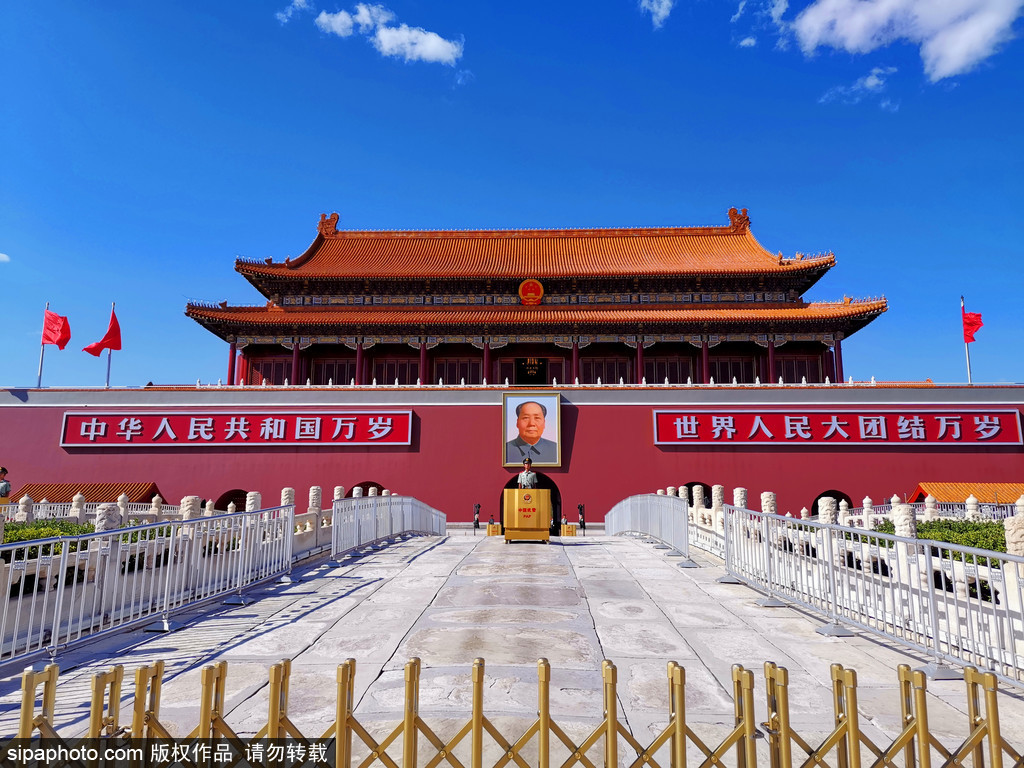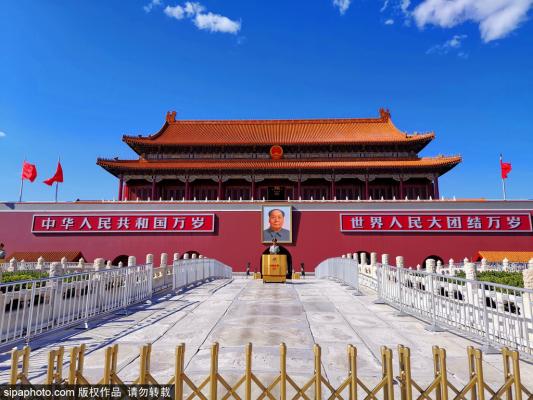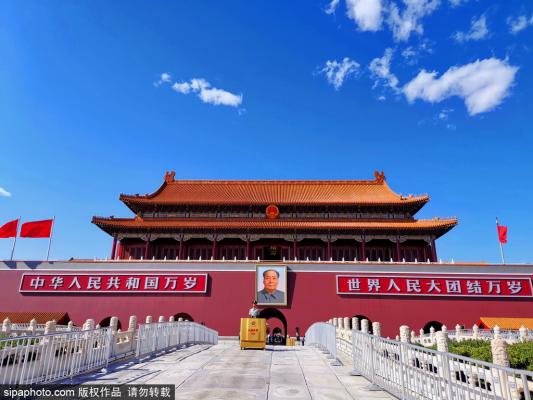Outer Jinshui Bridges (外金水桥)
The location of the Outer Jinshui Bridges strictly corresponds to five arched gateways of the Tian'anmen Gate, and south gates of the Imperial Ancestral Temple and the Altar of Land and Grain.

-
Tel:
86-10-86409660 -
Best Time to Visit:
All year -
Duration:
1 hour -
Admission:
Free Free -
Opening Hours:
5:00-22:30
Admission closes at 22:00
Description
Outer Jinshui Bridges (外金水桥)
The location of the Outer Jinshui Bridges strictly corresponds to five arched gateways of the Tian'anmen Gate, and south gates of the Imperial Ancestral Temple and the Altar of Land and Grain. The layout, width, and decorative details of the bridges all reflect the planning principle of "choosing the center." They have borne an important ceremonial function ever since their inception In the Ming and Qing dynasties, used for entering and exiting the imperial city and passing from the Forbidden Ci...
Read MoreOuter Jinshui Bridges (外金水桥)
The location of the Outer Jinshui Bridges strictly corresponds to five arched gateways of the Tian'anmen Gate, and south gates of the Imperial Ancestral Temple and the Altar of Land and Grain. The layout, width, and decorative details of the bridges all reflect the planning principle of "choosing the center." They have borne an important ceremonial function ever since their inception In the Ming and Qing dynasties, used for entering and exiting the imperial city and passing from the Forbidden City to the southern suburbs when the emperor went out to participate in worship ceremonies. Today, it is still an essential part of the ceremonial space where important state celebrations are hosted.
Location and Layout
The Outer Jinshui Bridges are located on the south side of the Tian'anmen Gate and span the Outer Jinshui River. There are seven bridges symmetrically distributed along Beijing Central Axis, five of which face the five arched gateways through the terrace of the Tian'anmen Gate. The distance between the bridges is approximately five meters.
Architecture and Landscape
The Outer Jinshui Bridges, together with the Tian'anmen Gate, form a signature space for ceremonial activities. Five of the seven bridges share a similar form. They are all white-marble structures, each with three arches and a deck narrower in the middle and wider at the ends. The bridges are gradually downgraded in hierarchical order and scaled down from the middle one to those on both sides, with varying decorations.
Functions and Traditions
he Outer Jinshui Bridges correspond to the Inner Jinshui Bridges in front of the Gate of Supreme Harmony in the Forbidden City and had served important ceremonial functions from the Ming and Qing dynasties to modern times. The emperors exclusively used the central bridge, called the Imperial Road Bridge. The bridges tanking the central one were called Prince and Duke Bridges and were used by imperial family members. The outer bridges were called the Rank Bridges for officials of the third rank and above. The bridges facing the Imperial Ancestral Temple and the Altar of Land and Grain are known as Fairness Foster Bridges.
Today, the Outer Jinshui Bridges are still the primary passages connecting the Forbidden City to Tian'anmen Square.
History and Development
The Outer Jinshui Bridges were built in 1417. Initially there were three bridges but after reconstruction in 1465, the four more were added. The extant seven bridges were reconstructed in 1690.


